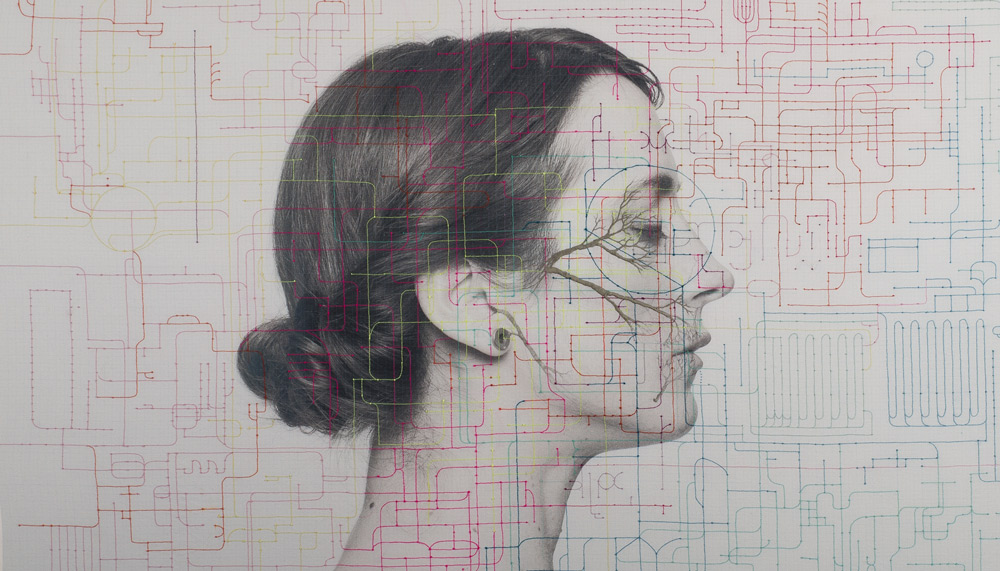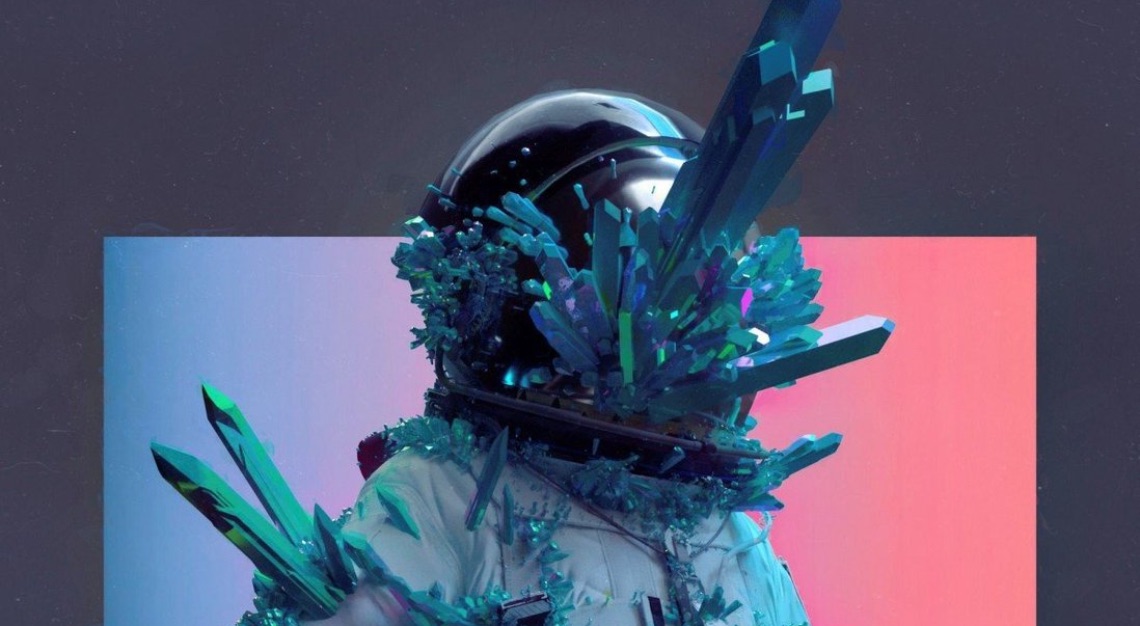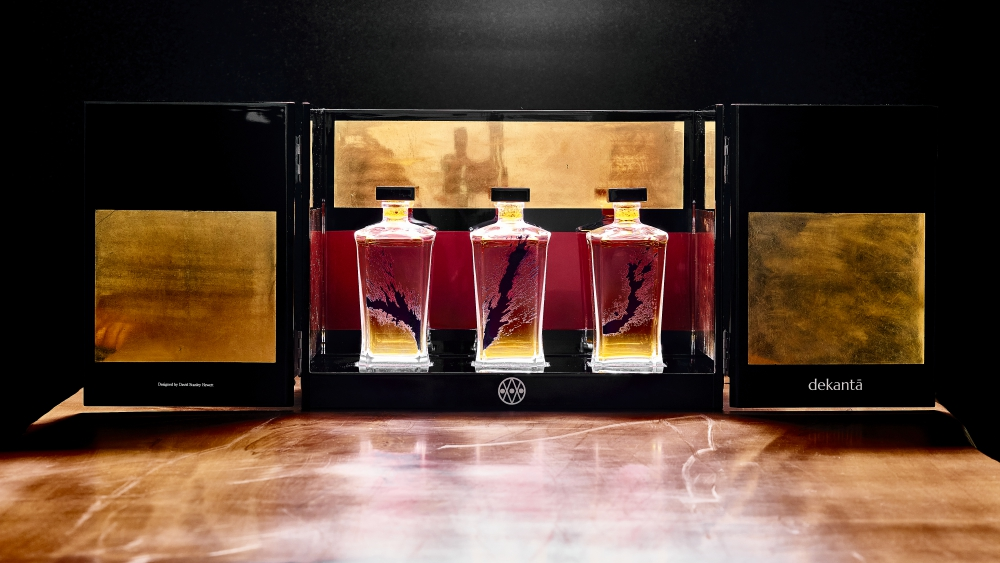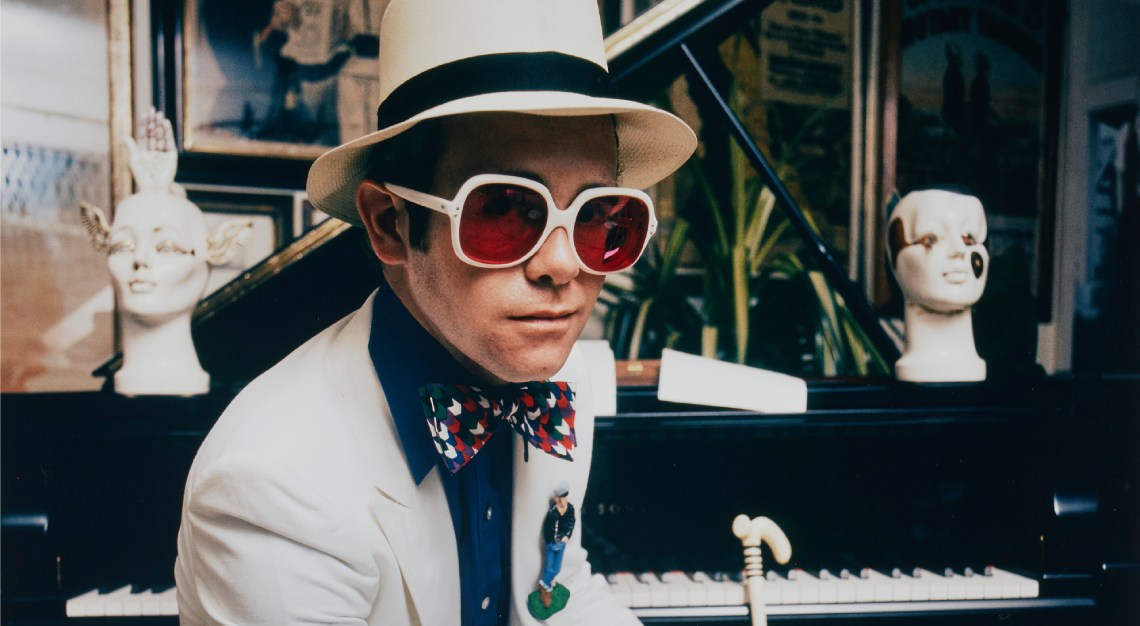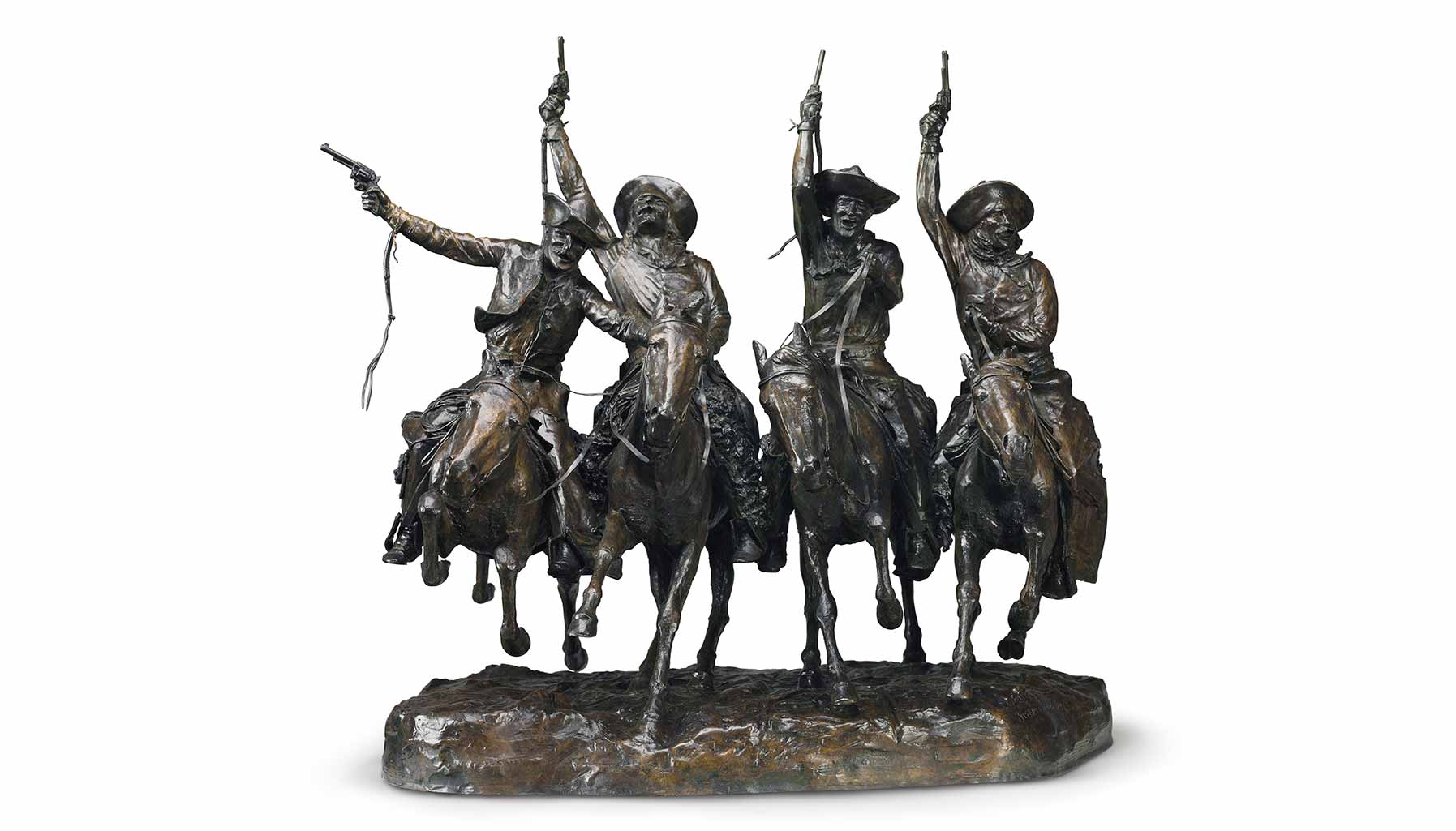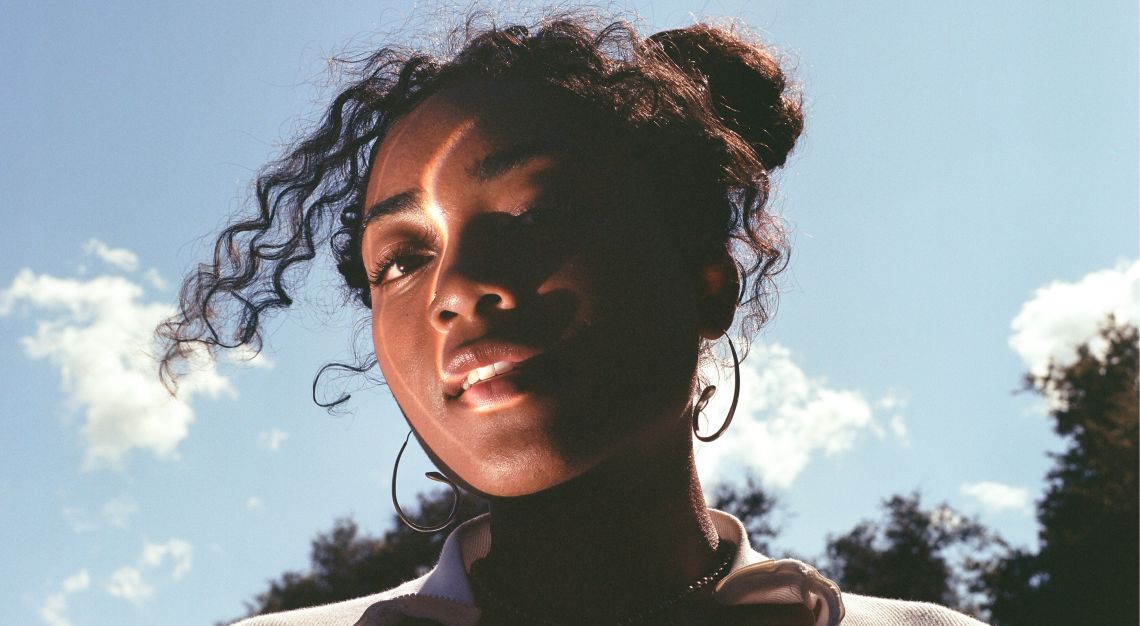A spring of art
Spring heralds the season of art in Hong Kong. Like flower buds, art shows proliferate all over the island, culminating in Art Basel Hong Kong and Art Central. Entering their fifth and third editions respectively, both are a statement of how important the Hong Kong art market is. And how far it’s come.
Of the two, Art Basel Hong Kong has more clout. This is where all the big names, from The Gagosian to South Africa’s Goodman Gallery are, illustrating its global reach. Room is also given to rising stars in the intimate Kabinet spaces. While Art Basel is housed in the cavernous Hong Kong Convention Centre, Art Central sets up shop in two giant tents in a field. Billed as more accessible, it focuses on newer talent across Greater China and Asia.
“The main difference between the two is age – Art Central skews towards younger artists – and price – usually ‘friendlier’ to first- time buyers,” says Angela Li, of Contemporary by Angela Li, whose pieces, including LV Shanchuan’s dramatic textural paint depictions of Seoul and Li Hongbo’s Slinky-like Fortune paper vases, which start at US$5,000 (S$7,000).
The galleries come from all over world because of the importance of Hong Kong as Asia’s central node of art. “This is where the big galleries and auction houses are. The money might come from elsewhere, but this is where they meet,” says Wonjoon Lee of Gallery Hyundai. Isabel Croxatto, who brought artists Miss Van, Cecilia Avendano and the delicate fractal photography of Juana Gomez all the way from Chile agrees. “Hong Kong is the gateway to Asia,” she says. “Asia is a new market so I have to start somewhere, and that place is Hong Kong.”
Just like the galleries, the art is fittingly diverse. “There was a time when Chinese art and Asian art was seen as derivative,” says Ethan Cohen, from Ethan Cohen Fine Arts in New York City. “We used to bring in art that was Asian in origin, but that’s changed. Now I bring great art – some by artists who just happen to be Chinese – and it sells.” He points to two large pieces he brought by Cote d’Ivoire painter Aboudia. It bristles with Basquiat-like energy and, as Cohen points out, “always sells out”.
The diversity makes detecting trends challenging. This year, there were a lot of Jaume Plensa sculptures, while Yayoi Kusama and Damien Hirst appeared several times. That grabs headlines, but supporting that is a wealth of diversity. Tokyo’s Mizuma Art Gallery, for example, presented a technicolour side of Japanese art in an eye-popping double- panelled Yoshitaka Amano piece and Ellie Okamoto’s colourful The Stone Bridge with its references to Japanese Edo- era art. Lan Zhenghui’s powerful calligraphy strokes were seen at Ethan Cohen Fine Art, while Indra Dodi’s wonderfully naïve La Grande Fete was at Malaysia’s Artemis Art.
Sales were brisk. The highest reported price at Art Basel Hong Kong was US$1.5 million (S$2.08 million) each for two Luc Tuymans paintings created for David Zwirner Gallery, paid within the first hour of the VIP preview. Chatter on the floor suggests that almost half of the exhibits sold within the first day. Interest came not just from individual collectors, but also the growing number of private museums in China.
And it isn’t just headlining pieces trading hands. Various Small Fires, a Los Angeles gallery, brought Joshua Nathanson and his graffiti-inspired pieces to Art Basel Hong Kong. “We sold out on the first preview day,” says Sara Hantman, director of the gallery.
Over at the tents of Art Central, trade was equally active. The ‘easier’ prices contribute to that, starting at US$1,500 (S$2,100). With the artists generally on the ascent, that frees them up more. “I’m happy just being here. It’s lovely,” says British artist Sinta Tantra, whose vibrant, geometric paintings were at the Kristin Hjellegjerde Gallery. “But yes, I have sold a few pieces,” she adds with a wink.
Money, however, is not always the motive. Thomas Brambilla from Bergamo, Italy brought a single piece to Art Basel Hong Kong – a recreation of a church cloister by Edoardo Piermatti. An oasis of calm reverence, the three-metre tall structure is certainly not commercial. And that’s the point.
“I don’t expect to sell this,” says Brambilla. “It is my first time in Asia. For me, this experience is not about money. It is about educating and inspiring. So instead of a painting I could sell, I brought a little piece of Italy here with me.”
